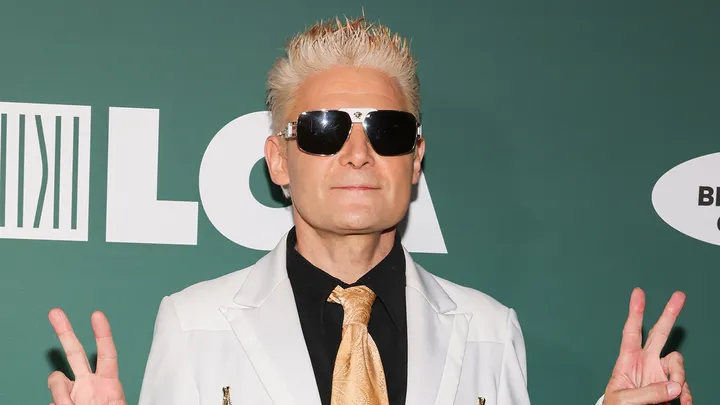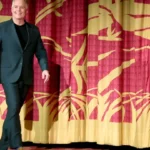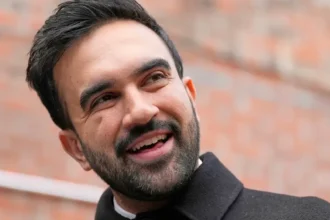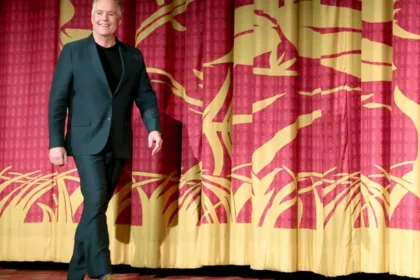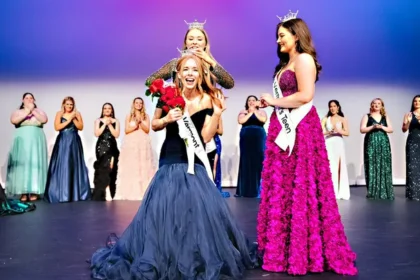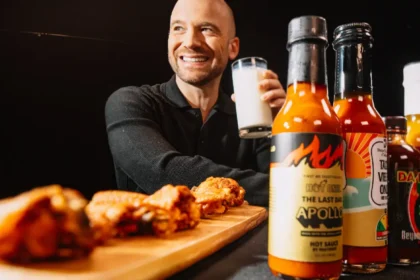Corey Feldman, once one of Hollywood’s most recognizable child stars, is stepping into an entirely new spotlight. The actor and musician, best known for his roles in The Goonies, Stand by Me, and The Lost Boys, has joined the latest season of Dancing With the Stars. For Feldman, this isn’t just another entertainment gig—it’s a personal and public transformation, marking a bold new chapter after decades spent confronting the darker side of Hollywood and his own struggles.
A Journey Defined by Highs and Lows
Feldman’s career has been anything but ordinary. Bursting into fame in the 1980s, he embodied a generation’s pop culture. Yet behind the cameras, he faced battles that would follow him for years. He has spoken openly about experiencing abuse in the entertainment industry, endured public struggles with addiction, and shouldered the pressure of transitioning from child star to adult performer under intense scrutiny.
Through all of it, Feldman has persisted. He built a career in music, authored memoirs, and became a vocal advocate for survivors of abuse. Now, with Dancing With the Stars, he’s taking his resilience to a completely different stage—one where rhythm, teamwork, and vulnerability take center stage.
Learning to Dance All Over Again
While Feldman has performed on stage throughout his career, ballroom dancing is a brand-new challenge. This season, he’s paired with Jenna Johnson, a seasoned pro and former champion of the show. Instead of leading creatively, Feldman finds himself in the role of student, trusting Johnson’s experience to shape his performances.
“I’ve been moving on stage for most of my life, but this is a totally different discipline,” Feldman explained before rehearsals began. “I have to let go of control, listen, and learn in a way I never have before.”
For a performer who has spent much of his life directing his own artistry, this shift represents more than learning choreography. It’s symbolic of a man willing to step outside his comfort zone to grow and reconnect with audiences.
Turning Pain Into Purpose
What makes Feldman’s journey on DWTS unique is the meaning he attaches to it. For him, dancing isn’t just about scores or surviving elimination rounds—it’s about reclaiming joy and showing that healing is possible.
Feldman has long advocated for reforms to protect children in the entertainment industry, using his own experiences as a platform for awareness. On the ballroom stage, he has the opportunity to amplify that message in a softer but equally powerful way: by embodying resilience and perseverance in real time.
“I want people to see that no matter what you’ve gone through, you can still find light, you can still dance,” Feldman said in a pre-show interview. “This is about more than me—it’s about hope.”
A New Audience, A New Connection
For older fans, Feldman’s appearance evokes nostalgia for his 1980s heyday, while younger viewers may be discovering him for the first time. That dual connection adds layers to his performance—his story bridging generations, his dancing inviting both reflection and renewal.
As the season progresses, audiences will be watching not just his footwork but his evolution. Can he turn decades of survival into expressive movement? Can his story resonate in a way that transcends entertainment?
Win or lose, Feldman has already accomplished something significant: transforming a reality TV stage into a platform for healing, advocacy, and artistry.
Dancing Forward
Corey Feldman’s participation in Dancing With the Stars is about more than nostalgia or spectacle. It is a reminder that even after a lifetime of trials, reinvention is possible. With every step, spin, and lift, Feldman is proving that the past doesn’t define the future—it only makes the present more meaningful.
For Feldman, this isn’t simply a dance competition. It’s the next chapter of a story he’s still writing—one in which the spotlight shines not only on his past but on the strength, courage, and determination that keep him moving forward.


